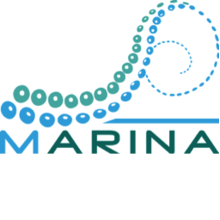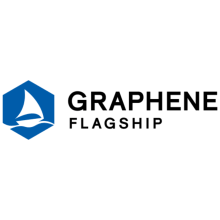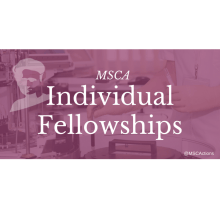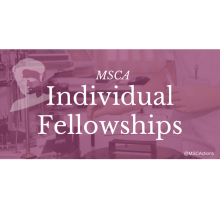Proiektuak
Projects at a Glance
NanoMech - Controling the nanomechanic os viral and bacterial infections: from molecules to cells
In this project we investigated the mechanical properties of proteins associated with the adhesion of bacteria and viruses in the initial moments of infection. In addition, molecular tools were developed to control said mechanics and prevent the adhesion of proteins to their targets.
MARINA - Marine Knowledge Sharing Platform for Federating Responsible Research and Innovation Communities
The objective of the MARINA project is to accomplish the resolution of marine related issues and problems following the responsible research and innovation principle, creating an all-inclusive Knowledge Sharing Platform, together with federating activities such as Mobilisation and Mutual Lerning workshops and exhibitions. The expected outcome of the Work Programme is a clear improvement of the integration of society in science and innovation.ProteinFriction - Internal friction in protein folding, function and aggregation
Proteins serve varied functions in organisms, folding into functional structures based on energy landscapes. Protein folding landscapes are smooth yet slightly rough due to internal interactions, termed "internal friction." Misfolding, seen in diseases like Alzheimer's, lacks evolutionary pressure, resulting in rough landscapes. Recent research confirms slower diffusion in misfolding. Exploiting this, a therapeutic approach is proposed to target misfolding diseases by increasing internal friction. The project aims to understand mechanisms of internal friction, study rough misfolding landscapes, introduce mutations, and explore chemical interventions for novel disease treatment.
METAFRUMAG - NOVEL NANOSTRUCTURED METAMATERIALS WITH CONTROL OF MAGNETIC FRUSTRATION FOR APPLICATIONS TO DIGITAL AND ELECTRONIC TECHNOLOGIES
Nanomagnet logic is a computational technology combining data storage and processing using magnetic phenomena at the nanoscale. This project explored the use of magnetic metamaterials with geometrically induced magnetic frustration for novel nanomagnet logic devices.
ADVASPEC - Advanced infrared near- and far-field imaging and spectroscopy tools
The project aims to develop advanced microscopy and spectroscopy techniques for nanoscale characterization of materials and photonic devices. We will use s-SNOM and nano-FTIR to overcome diffraction limitations, enabling high-resolution imaging and spectroscopy. The research will focus on studying infrared antenna structures, leading to the development of novel infrared sensors and spectroscopy tools.
INTERFACING - Control of interfaces for advanced physical phenomena and electronic devices
The trend of miniaturization in electronic devices is making the interface between different materials increasingly more important. The interfaces are at the core of the performance of almost any nanoelectronic device, creating new physical phenomena that offer unexplored technological potential. This project aims to understand and control interfaces for advanced physical phenomena and electronic devices. The project is divided into three sections: interfaces for spintronics, metal/molecular interfaces, and 2D/molecular interfaces.
SIESTA - SIESTA for the Theory of Instabilities and Transport in Functional and Low-Dimensional Materials
The project involved a consortium of five institutions for the development of the SIESTA program for efficient first-principles calculations based on density-functional theory. New important features were incorporated (such as spin-orbit coupling, multiple-lead ballistic transport, and time-dependent DFT with moving nuclei), and used in 2D and topological materials. In Nanogune special effort was done in the simulation of strongly non-equilibrium electronic processes induced by swift nuclei projectiles.
ARTE- Atomic Research for Topological Engineering
The objectives of ARTE are two. The topological quantum computation (TQC) deals with the transformations related to the overall shape (“topology”) of a quantum trajectory to perform operations on data and go beyond the limitations of quantum computation. It is a revolutionary technique because it will allow quantum operations to be error free and robust while taking advantage of the radically new approaches of quantum computation, which means smaller systems, less energy dissipation, and faster processing.
By funding program
Kontaktua

Yurdana Castelruiz
Projects Manager
+ 34 943574022
y.castelruiz[at]nanogune.eu




